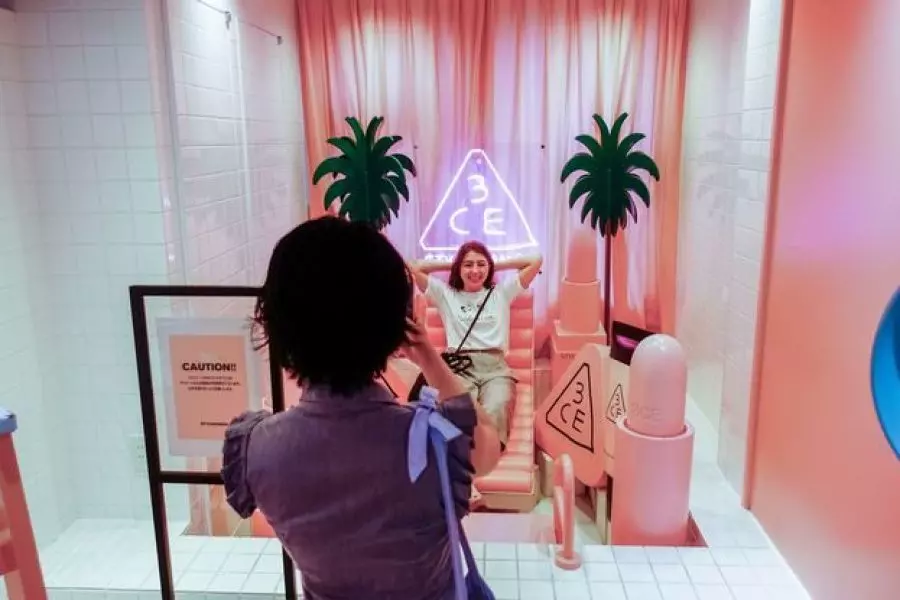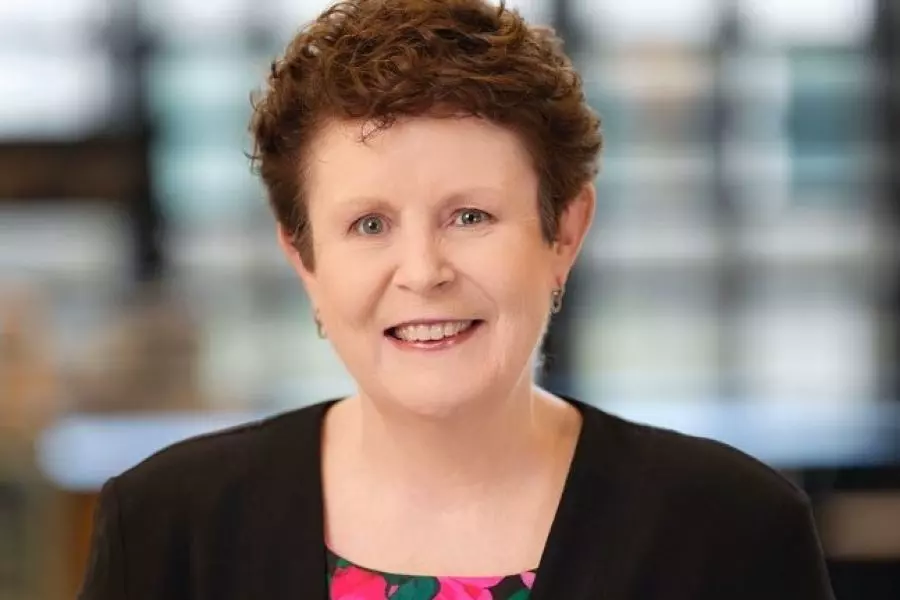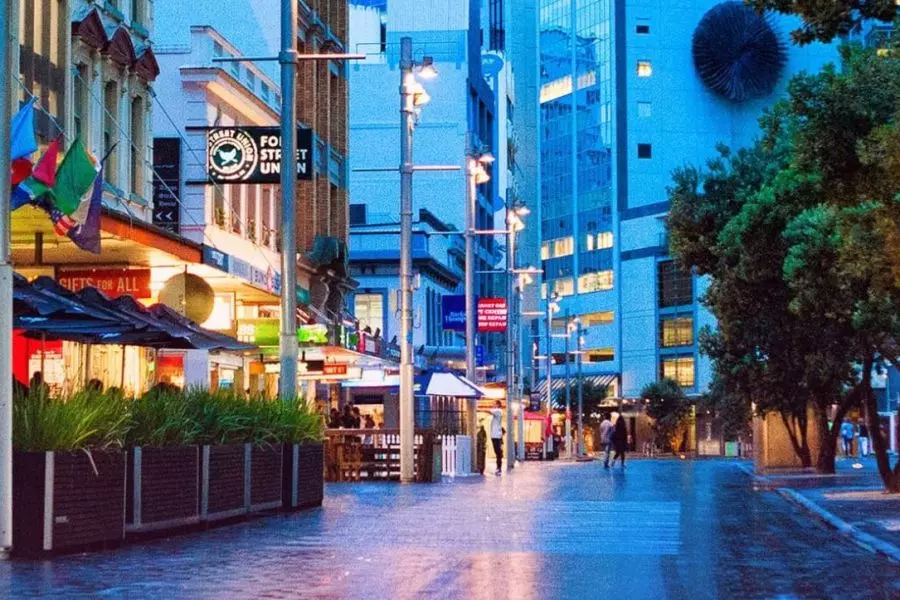News
Retailers opening stores that don’t sell anything

Tuesday 26th of April 2022
These are known as Instagram pop-up stores that send a message to customers about the brand and create “dream like landscapes” to encourage online shopping.
Such spectacles are becoming commonplace for shoppers, says Taylor Coyne JLL retail research manager.
Retail brands across the world are creating Instagram-ready rooms that focus on wowing the customer and encour...
Want to read the full article?
Click the button below to subscribe and will have unlimited access to full article and all other articles on the site.






![[The Wrap] Bye Bye Bayly](https://goodreturns.publit.io/file/c_fill,w_900,h_600/39f23ac1-f7c7-4854-b700-a150004ebbac.webp)


